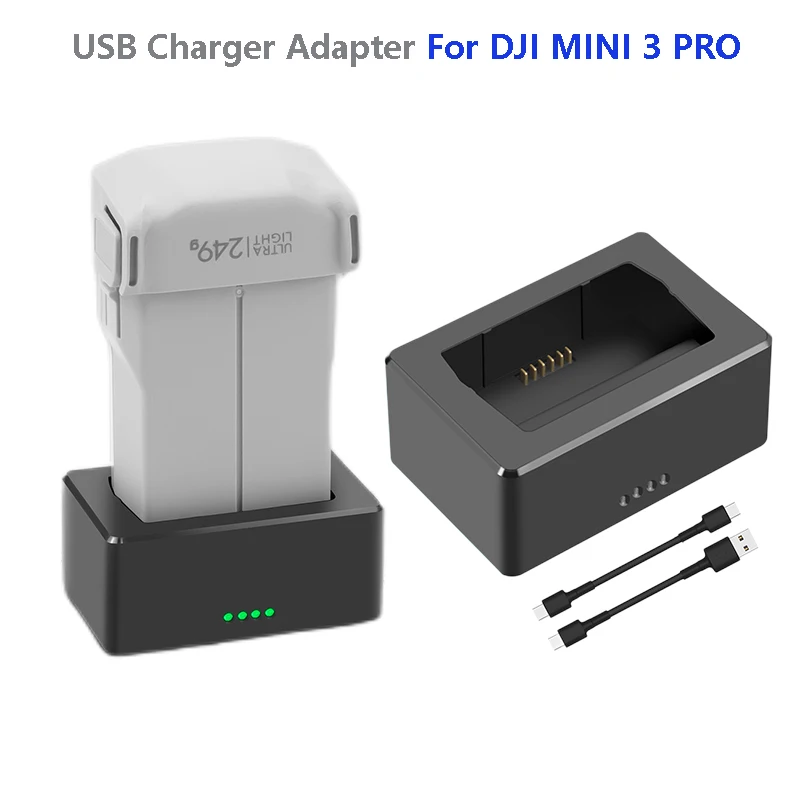Amazon links welcome
And yes, I realize this may reduce the life of the batteries. But when traveling to a client, I may have limited time between flights and would rather charge all my batteries asap. For example, I flew down to another state last week to shoot a simple shopping center so took 3 batteries with me. After I was done, went back to the hotel and uploaded the shots and I was asked to go back and re-shoot as there were more cars in the parking lot now. But using the DJI charger, It would have taken hours to recharge all 3 batteries one at a time. Luckily, I had started charging the batteries as soon as I got to the room, so I was able to repeat the shots on 1 battery. But I don't want to go through that stress again, nor do I want to travel with 10 batteries (just in case) on all my trips.
And yes, I realize this may reduce the life of the batteries. But when traveling to a client, I may have limited time between flights and would rather charge all my batteries asap. For example, I flew down to another state last week to shoot a simple shopping center so took 3 batteries with me. After I was done, went back to the hotel and uploaded the shots and I was asked to go back and re-shoot as there were more cars in the parking lot now. But using the DJI charger, It would have taken hours to recharge all 3 batteries one at a time. Luckily, I had started charging the batteries as soon as I got to the room, so I was able to repeat the shots on 1 battery. But I don't want to go through that stress again, nor do I want to travel with 10 batteries (just in case) on all my trips.











